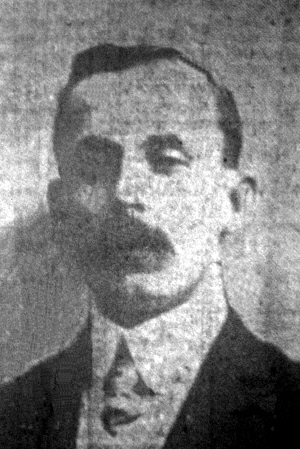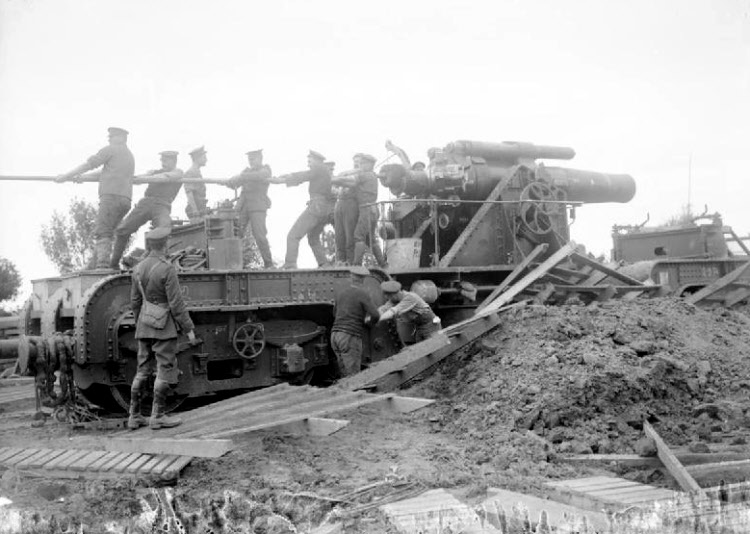
Harry (Henry) Bickle was born in Ossett in 1889, the son of Lawrence Bickle and Sarah Ellen (nee Pearson) who had married in Wakefield in 1887. The Bickle family were long-term residents of Ossett and the 1911 census was signed by Harry on behalf of his father Lawrence.
In 1911, the Bickles are living at 56, Wakefield Road, Ossett. They were two surviving children, Harry and Joseph living with them. Harry was the eldest. Another child had died before 1911. Lawrence Bickle was a mungo manufacturer in Ossett and Harry was his assistant.
In the September quarter of 1914, Harry (Henry) Bickle had married Mary Ann Firth in the Dewsbury Registration District, and they lived at “Garth View”, Wakefield Rd., Ossett, Yorks. In 1917, a son, Lawrence Firth Bickle was born to the couple.
Harry Bickle died of wounds on the 2nd of November 1917, aged 28 years in Flanders, most likely during the second Battle of Passchendaele, which was ongoing between the 26th October and the 10th of November 1917. Harry’s unit, the 63rd Siege Battery operated two 12 inch Mk-1 howitzers mounted on a railway truck.
The “Ossett Observer” 1 had a short obituary for Harry Bickle:
“The sad news was received at the beginning of the week that Gunner Harry Bickle (28) of the Royal Garrison Artillery, married man whose house was at Garth View, Flushdyke, Ossett, had died on the 2nd inst. from shrapnel wounds received in recent fighting on the Western front. Joining the army in June last year, Gunner Bickle went out to France about the middle of last March. Well-known in the borough, in civilian life he was associated with the management of Spring Mill, Flushdyke. He leaves a widow, daughter of Mr. Rufus Firth, Mayfield, Belgrave-street, Ossett and child. A younger brother, Machine-gunner Joseph Bickle has been out at the front about two years.”
His next of kin was given as Mary Ann Bickle of “Garth View”, Flushdyke, Ossett.
Harry is buried at Dozinghem Military Cemetery 2, West Vlaanderen, Belgium. Westvleteren was outside the front held by Commonwealth forces in Belgium during the First World War, but in July 1917, in readiness for the forthcoming offensive, groups of casualty clearing stations were placed at three positions called by the troops Mendinghem, Dozinghem and Bandaghem. The 4th, 47th and 61st Casualty Clearing Stations were posted at Dozinghem and the military cemetery was used by them until early in 1918. There are now 3,174 Commonwealth burials of the First World War in the cemetery.

Above: 12″ Mk.1 railway howitzer like the ones operated by Gunner Bickle in the 63rd Siege Battery.
Harry Bickle’s younger brother Joseph Bickle, born in 1893, also served during WW1, but his service record did survive. Joseph Bickle was a grocer living in Garth View, Flushdyke, Ossett and was examined for service at Ossett on the 3rd November 1915. He then signed up for the duration of WW1 as Private Bickle, 26454 in the Yorkshire Regiment. Joseph was 5ft 7¼” tall and weighed in at 139 lbs.
He was transferred to the Machine Gun Corps (the Suicide Squad) on the 3rd March 1916 and he embarked from Folkestone on the 1st April 1916 and arrived at Boulogne on the same day. Joseph joined 91st Machine Gun Company in the field on the 23rd May 1916 and was wounded on the 2nd July 1916, presumably at the Somme. He was transferred to Rouen on the 4th July 1916 for hospital treatment and then to Etaples on the 8th July 1916. After recovering from his wounds, Joseph joined the 153rd Machine Gun Company in the field on the 15th August 1916. He was wounded or was ill for a second time and evacuated to hospital on the 31st October 1916 at Etaples in France, remaining there until the 25th February 1917, when he rejoined 153 MGC in field.
Joseph Bickle was granted leave to the UK from the 22nd September 1917 to the 2nd October 1917 and rejoined his company on the 5th October 1917. There was more home leave between the 8th to the 22nd February 1918, with Joseph then spending four days in Field Hospital between the 23rd February 1918 and the 27th February 1918, before rejoining the 153rd MGC. By the 21st March 1918, he was serving with 51st battalion and was wounded in action on the 8th July 1918 with a gunshot wound to his ankle and right thigh during action against the Germans. On the 15th July 1918, he was sent back to England via Le Havre for treatment to his hand and leg. On the 4th February 1919, Joseph was was transferred to Class Z Army Reserve on demobilisation.
Elsewhere, his service record shows that he was wounded on 2 July 1916 with the 91st Company and for a second time on the 8th July 1918. The record shows “GSW right wrist and another GSW (gun shot wound)”. His field record also shows other wounds.
After hospitalisation in Boulogne, he was shipped home on 14th July 1918 after 2 years and 54 days in France and continued his recovery and rehabilitation at Coombe Lodge Hospital, Warley, Brentwood and Writtle House, Chelmsford. Joseph then ended up at the R.A. Command Depot at Ripon between the 1st October 1918 to the 14th November 1918, still with a gunshot wound to the right wrist, which was clearly a severe injury. He was then posted to the Command Depot at Alnwick in Northumberland on the 14th November 1918 and then for dispersal at Clipstone on the 6th January 1919 before finally being transferred to Class Z Army Reserve on Demobilisation in February 1919.
On discharge, he is recorded as being in the Machine Gun Corps (MGC) and was very lucky to have survived the war. Obviously Joseph Bickle had been through enough for any man and on the 28th November 1918, he was found guilty at Alnwick of insolence and punished with 14 days and deprived 21 days pay.
References:
1. “Ossett Observer”, 24th November 1917